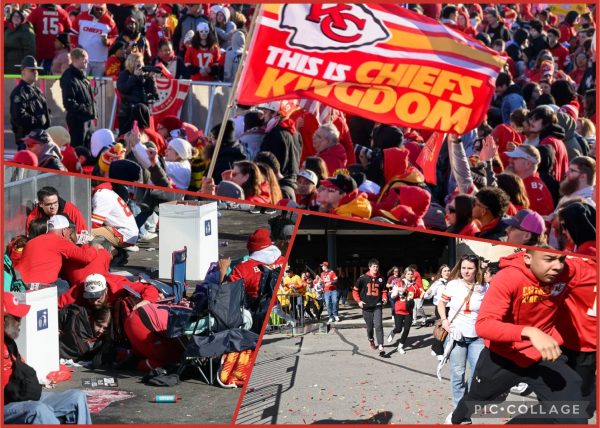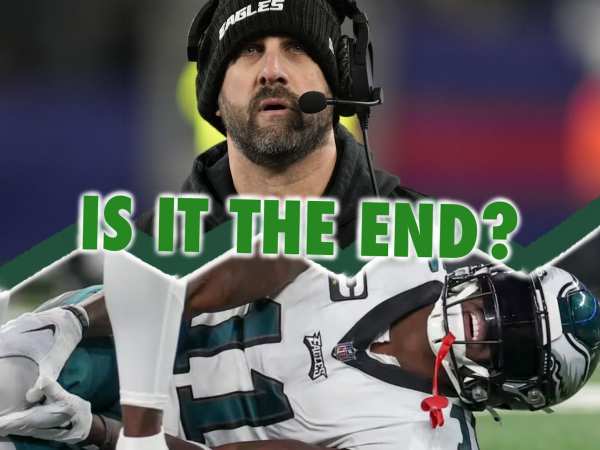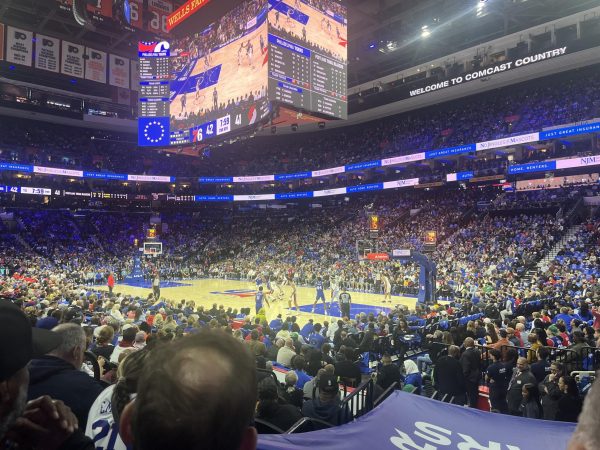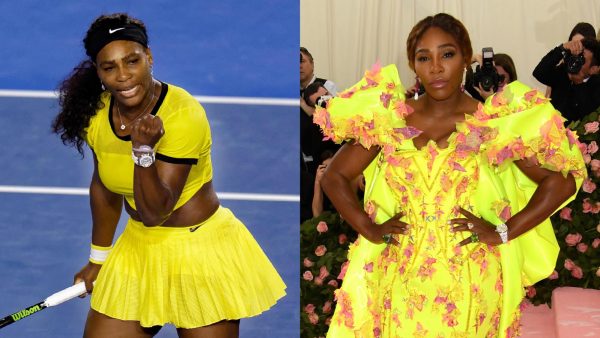Bat flips galore: Everything you need to know about the KBO
While the MLB deals with economic disputes, the KBO serves to offer exhilarating play for baseball fans everywhere.
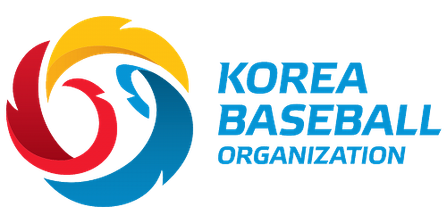
Founded in 1982, the Korea Baseball Organization is filled to the brim with passionate fans, exciting play, and of course, bat flips.
At the moment, sports are desperately needed; not just in North America, but all over the world. However, because of the coronavirus pandemic, holding sporting events has become all but an impossibility in most places. Even for leagues who are planning to restart, other factors, such as logistics and finances, have created an impasse.
Major League Baseball, the highest level of professional baseball in the United States (and Canada), has been going through a highly-publicized phase of negotiations between the owners of the teams and the MLBPA (Major League Baseball Players’ Union). The main topic of debate has been the determination of player salary, and how much the owners will profit from the prospective 2020 season. Since there will be no fans in the stands for a potential season, the owners are attempting to cover their financial losses by forcing the players to take pay cuts.
Both sides are not going down without a fight, and if this struggle continues for the long run, there’s the possibility that the 2020 season will not take place. Maybe that’s for the best, as even with a financial agreement in place, it would be quite a challenge to safely run MLB in the nation with the world’s most coronavirus cases.
Enter the KBO (Korea Baseball Organization). Formed in 1982, the KBO is the highest level of baseball (and the most popular sports league) in South Korea. Ten teams make up the league, with those being the Doosan Bears, Hanwha Eagles, Kia Tigers, Kiwoom Heroes, KT Wiz, LG Twins, Lotte Giants, NC Dinos, Samsung Lions, and SK Wyverns. Of those ten, four have been added as expansion franchises; Hanwha, KT, NC, and SK.
Geographically, these ten teams do a nice job of representing most areas of South Korea. Five teams play in or near Gyeonggi Province, which surrounds Seoul (by far the most populous city in the nation). These teams are Doosan, LG, Kiwoom, SK, and KT.
The other squads are scattered around the nation, with Hanwha, Kia, Lotte, NC and Samsung playing in Daejeon, Gwangju, Busan, Changwon, and Daegu respectively.
In the KBO, teams are named after the company that owns them, opposed to the geographic naming traditions installed elsewhere in the world. This makes for some pretty wacky matchups, like LG vs. Samsung. Here in the U.S, people would think that you were comparing the newest waves of smartphones.
One reason how you may have heard about the KBO is due to its teams signing former MLB players. On each team, there can be a maximum of 3 foreign players, who are typically the stars of the team. Of the 30 former MiLB/MLB players in the league, Chris Flexen (former Mets SP), Odrisamer Despaigne (former SP for multiple teams), Dan Straily (former SP for multiple teams), Aaron Altherr (former Phillies OF), and Tyler Saladino (former White Sox SS) are some of the most notable.
Not much about baseball’s rules have changed in the KBO, aside from the adoption of a universal DH and a 12-inning limit for regular season games (15 for postseason games). The level of play has been compared to that of “AAAA,” or players who are too talented for the American minor leagues, but not yet good enough for the majors. But the league never promised top-tier baseball performance; where it truly shines is the excitement factor.
The KBO is most prominently known for the bat flips, which have been a staple of the league since the 1990s. When a hitter connects for a long drive, the bat usually goes flying, even if the ball is caught for an out or goes foul. In the MLB, opposing teams wouldn’t take too kindly to the destruction of the “unwritten rules,” but in the KBO, nobody “bats” an eye.
As for the structure of games, a 144-game regular season is played, with each team playing the others 16 times. The All-Star game is held in mid-July, with the best players divided into two teams; the Dream All-Stars (Doosan, KT, Lotte, Samsung, SK) and Nanum All-Stars (Kia, Hanwha, LG, NC, Kiwoom).
For the postseason, the top five teams qualify. The Wild Card Game(s) pits 5th place against 4th place, with 4th place automatically holding a 1-0 lead in the best of 3 series. As such, 4th place only has to win once, while 5th must win twice in order to advance.
The Semi-Playoffs has the Wild Card winner taking on 3rd place in a balanced best of five series. After that, the winner advances to the Playoffs against 2nd place in another best of five series, and finally, the Playoffs winner faces 1st place in the best of seven Korean Series. Unlike the MLB, the KBO hands a huge advantage to the team that dominates throughout the regular season.
If the Yankees or Dodgers went straight to the World Series every year, it would be pretty tough to beat them.
A huge reason why the KBO is even able to operate, unlike the MLB and other pro sports leagues, has been South Korea’s handling of the virus. Out of the total 11,265 confirmed cases, 10,295, or about 91%, have recovered. Compared to the United States’ 21% (confirmed) recovery rate, and you have two drastically different situations on your hands.
Until (here’s hoping) the MLB situation is resolved, the KBO stands to be the best source of live baseball that the world has to offer. But even when America’s pastime returns to its U.S audience, the KBO may have some staying power with the late-night crowd, as a result of the 13-hour time difference between the nations.
But in the meantime, get your popcorn, drink and recliner, and get ready to witness some fireworks– Korean style.


